Rainy and wet. The fist snow can be seen on the mountain Horgi.
Trefallstoelen 6th of October 17


Rainy and wet. The fist snow can be seen on the mountain Horgi.
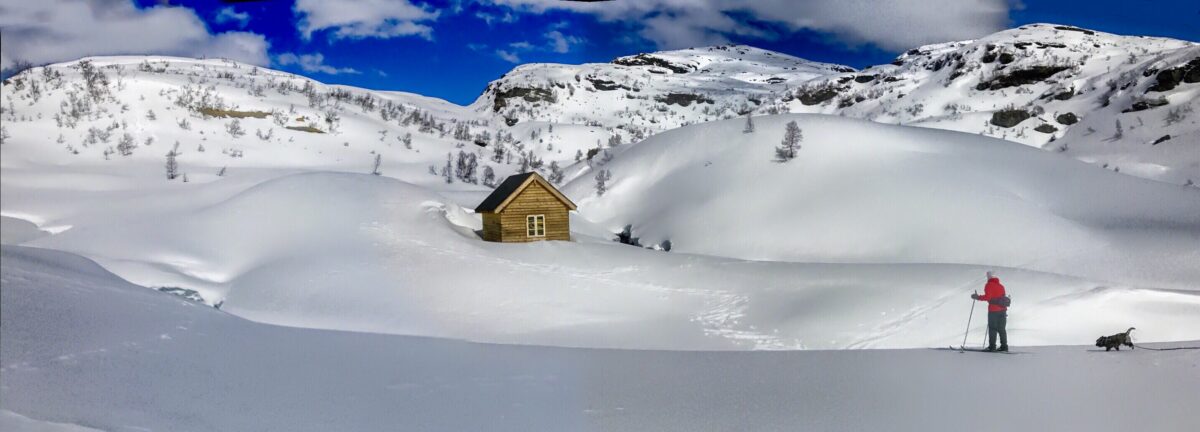
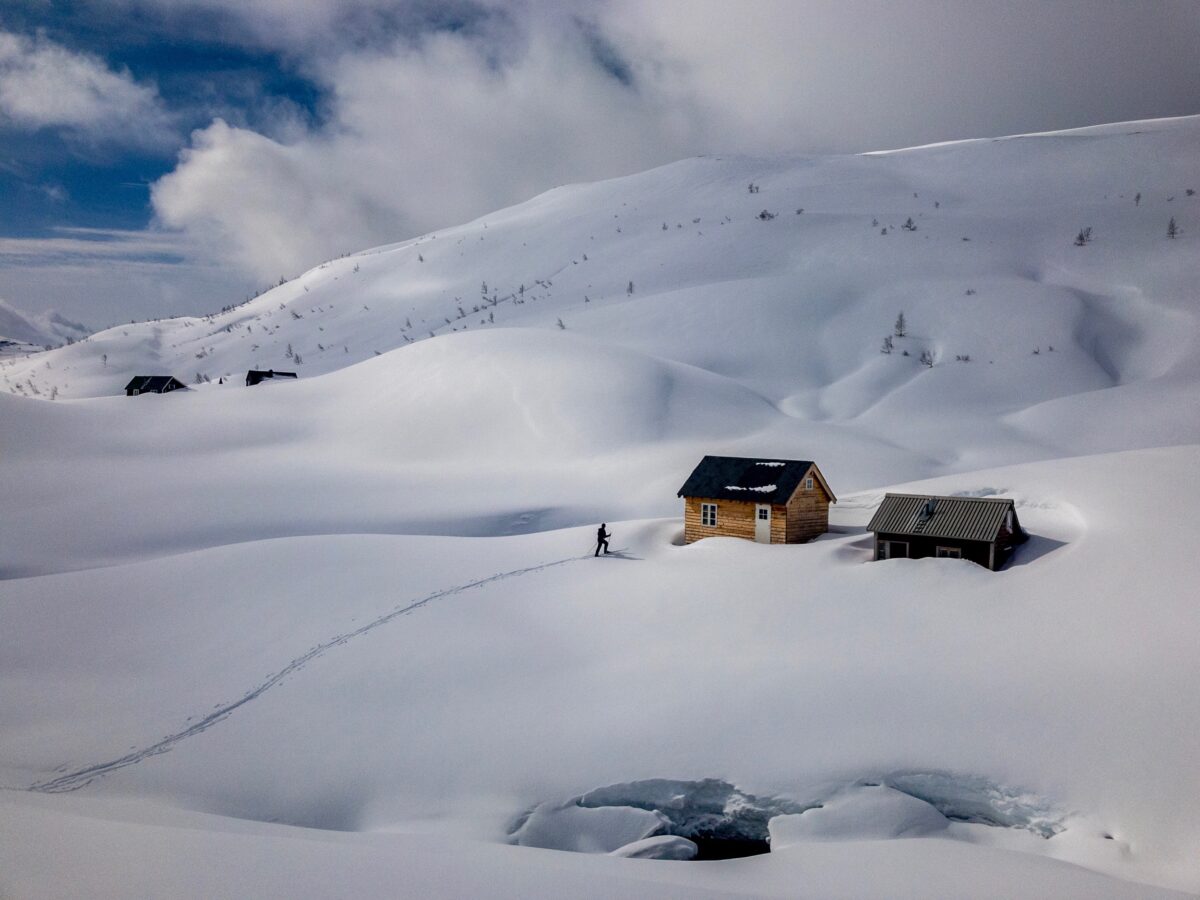
One have to wander that Man ever have settled such unavailable corners of the world
About the book. More history.
About 1 Mil (6.2 miles) north of the valley Teigdalen lies the valley Eksingedalen. If there is cramped and wild in the valley Teigdalen, with bad roads and sparse sources of nutrition, all this is even more of in Eksingedalen. Only those which from the childhood on have been used to such environments and such living can be able to live and exist in such places. Most of all, one have to wander that Man ever have settled such unavailable corners of the world.
Eksingedalen is inhabited for a length of 5 Mil (31 miles). It starts down by the fjord Eidsfjord, which lies in Brudvik’s Priesthood, goes first towards the northeast until it crosses the Priesthood border, and then continues eastwards through a part of Hosanger Priesthood, and finally runs just east of the farm Ladvik into Voss Priesthood, who the last and uppermost farms in the valley belong. The part of the valley belonging to Hosanger forms its own small parish with a Chapel church built in 1883. The people of the farms even did the masonry work of the church themselves under the supervision of Anders Ladvik; It has been built on the plot of a flat, in the most beautiful and best part of the valley. Here is also a cemetery, and there is also a cemetery at Næsheim, which lies about 1 Mil (6,2 miles) further up the valley.
The uppermost farm in the valley is Gulbraa, from which there is a terrible path across the mountains to the Holbygden in Vossestranden. The distance is about 2 Mil (12,4 miles). The first farm below Gulbraa is Ekse, which has given the Valley its name. It appears that the valley was first built in the upper end, thus from Voss. The name Ekse explains that some must come from the ax, as the first-settled herders, who used to use the ax in the dense forest, diligently used it. Others say that it is because the first settler of the farm and the valley saw a bunch of horses exiting (galloping) across there, where he later built his farm, and that he called the farm thereafter. Neither one of these explanations seems to be of great fairness.
The valley is flown throughout its length by a river, which comes from the mountains by Vossestrand and flows into the fjord Eidsfjord at Eide. It forms many small inland lakes along the valley bottom and here and there wild waterfalls, such as Hagefossen and Troldfossen. A knot, uneven and troublesome cliff road follows the river from the top of the valley, and is the only road on which one can reach the sea, except for the upper Farms, from which a somewhat shorter, but very difficult cliff path leads over the mountains to Teigdalen and further down along the same road to Evanger. It has long been spoken that Eksingedalen should have a proper drive along the river to the sea, and should it ever be said that a roadway is urgently needed and would come the environment to benefit, so it should be here. Such a road has also been started in small distances here and here, but if these pieces do not grow together, there is not much help in them.
The valley carries a dark and gloomy character, which makes the stranger who first travels here, quite cramped about the heart
The valley swings in many bends and curves through the country, almost everywhere surrounded by tall mountains with steep sides and wild stumps and dumps between. Nature is in the most a rare wildness here, and the valley carries a dark and gloomy character, which makes the stranger who first travels here, quite cramped about the heart. Along the valley, in a suitable distance from the river, are the small and scattered farms, browned by the sun, with thick turfed roofs and old-fashioned windows, as well as old fashioned building-style. Gaining a house here costs a lot of money and an extremely hard work; The valley is, especially in the upper part, almost free for forest; Pine forests for timber are available, but must be picked up either by the fjord or at the lower end of the valley, where there is still a little drainage forest left. Then the timber must be bought and dragged either on the back or in the winter when the snow is high, run on a sledge the 3-4-5 mils that you have to pass before the materials lie on the buildin site. Building a rather small and simple living room is therefore an undertaking that requires several years of preparation.
As the soil is meager and sharp, penetrated by sour groundwater and, mostly the sandy and shallow, not much daily sunlight and many of the farmland exposed to draft and cold winds, it follows that the grain-growing is not of significant importance to the valley. On a variety of farms such as Fjedlang, belonging to the so-called Krokegaarde, and located just up to a tall mountain top, called Fjedlangskulten, the fields are so steep that they can not be plowed, but must be shoveled with a spade; In other places, like Ekse the grain rarely come to maturity, because it is too cold. Therefore, all the grain and flour that must be purchased must be transported either on horseback or on the peoples backs from Eide by the Eidsfjord or from Evanger.
Livestock breeding is the main business of the valley. The farm-fields are certainly not of a good quality, and the winter fodder is poor and too little, but the summer pasture are excellent. Then the cattle grows after the lean winter and provide lots of milk and butter and cheese. In the summer, they also hire kettle from others with poorer pastures, with a low compensation, which is considered to be advantageous activity.
Some fishing and hunting are also run by the residents of the valley. It is alleged that the reindeer still are to be found in the wild state in the mountains of Eksingedalen.
The people og Eksingedalen are hospitable and peaceful. Drinking, dancing and nightlife can only be found to a limited extent. The long distances between the farms and the low selflessness do not encourage the traffic of that one.
Turn the pages in the “book” in the biginning of this article by using the arrows on the sides. You my also have full-page arrows available.
The flip-book is a small part of a book with the long norwegian title Natur, Folkeliv og Folketro paa Voss og Vossestrand belyst ved Natur- og Folkelivsskildringer, Eventyr, Sagn, Fortællinger o.s.v. fra ældre og nyere tid Samlet og utgivet af Th. S. Haukenæs, Fjerde Del, Voss collected and written by Th. S. Haukenes, published by N. Nilsens Bogtrykkeri, Bergen, 1887. The shown copy belongs to The National Library in Oslo, here assambled by me to show the chapter about Eksingedalen. The trancription is an error-corrected version of the www.historie.no trancription (also found on eksingedalen.no), translated to English by me.
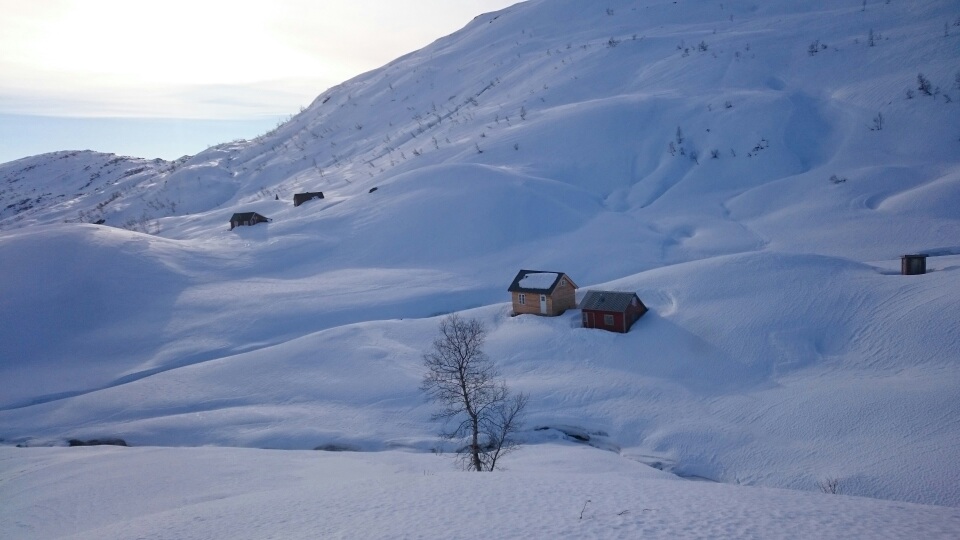
Winter atmosphere at Trefallstoelen. Picture by my brother Jon, which went skiing via Gullbraaholmen (see instagram).
Click on picture to enlarge.
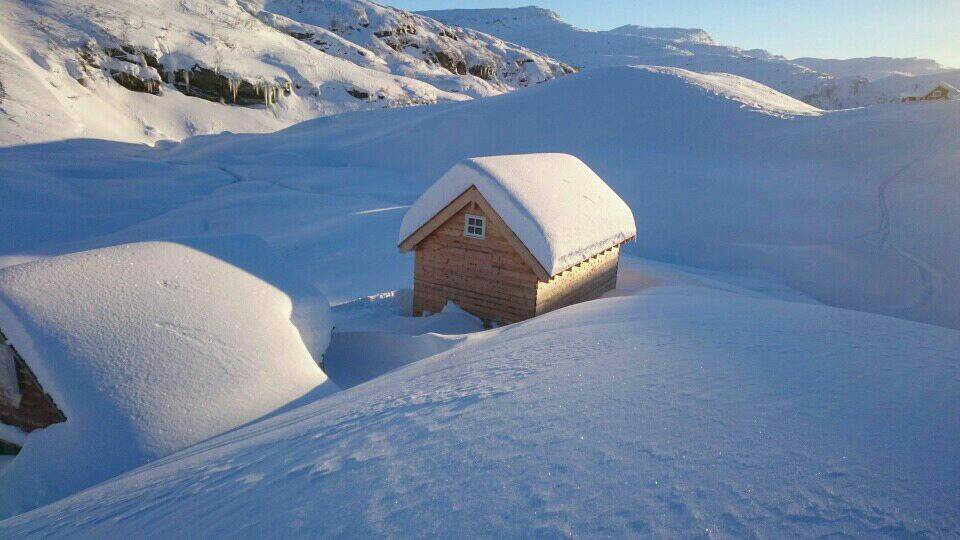

At Trefallstoelen agin, today to get all remaining items indoor so the snow and winter can come. The last item was the 75 kg (165 lbs) stove. The wether was could with wind and rain. The snow was lying at Horgi, a mountain just east of stoelen, and also on the mountains Kjaeringanosi and Kvitanosi to the south. Good to have reached this years goal. To be continued next spring to a finished house.
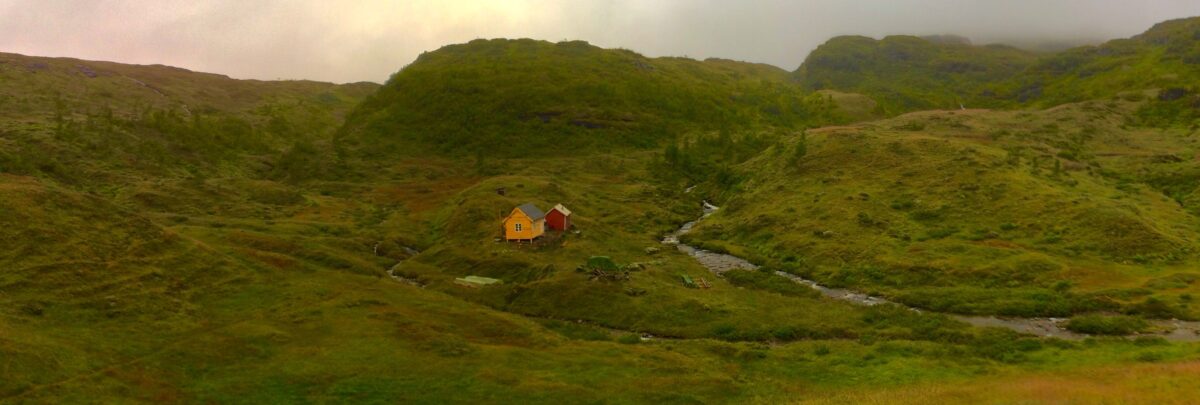
Back at Trefallstoelen 14 days after the summer vacation ended. The goal is to get the mountain pasture house (the “sel”) “sealed” for the winter with the rest of the building material inside to finish next year. Now a step closer after todays great effort from Oddlaug, Bjarte and Ragnar. Myself only “pointing” because of My broken hand.
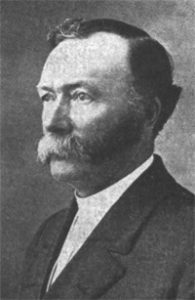
Pastor J. J. Ekse from America preached Sunday, August 19, in the Evanger Church, in which he was baptized. On Sunday, September 2, he preached in Nesheim’s Chapel, Eksingedalen.
This article is an unchanged copy from www.trefall.com/emigration. New though are the additional data at the end, as sources, the geographical maps, and the family maps, although these are so far a bit un-complete.
Jakob Jakobson Ekse b. April 27 1860, emigrated in 1882. He left April 21 1882 from Bergen 22 years and unmarried cotter, with “Allan Line”. His sister Dortea was gong with him.
In America Jakob studied from 1883 to 87 at Red Wing Collage and Seminar, and then become a minister in Ft. Ranson, North Dacota until 1896. Since, he has been called to Henrichs, Minnesota. From 1907, he was vice president for Hauge’s Synod.
In 1889, he married Inger Sorenson b. 1862, and they had a farm in Henrichs. The wife’s family came from Luster in Sogn, Norway.
In the 1900 census livs Rev. Jakob Exe and Inger Exe (b. in Main) in Lake Hendrichs, Brookings, South Dakota, together with the children Justin b. 1891 (born in North Dakota), Josephga (?) b. 1893, Ida b. 1895 and Ingvald b. 1897.
Jakob visited his home-country Norway in 1923 at the Voss 900 anniversary, whic could be read about in the immegration-paper Vossingen nr. 2-3 1923. We find his return with Stavangerfjord from Bergen September 14 1923 as Mr. Reverend Jacob J Exe, pastor in America, is going to Hendricks Minnesota, is “US-citizen”, and “Has been home on a visit”. He arrived Ellis Islan New York September 25.
In the 1930 census Jakob and Inger Ekse lived together with their daughter Ida in Lake Hendrichs. Their son Justin married to Rose H Ekse, b. 1887 in Minnesota, also lives in the same household, together with children Adelin b. 1921 og James b. 1924.
Additional data:
Maps
? | ||||||
? | ||||||